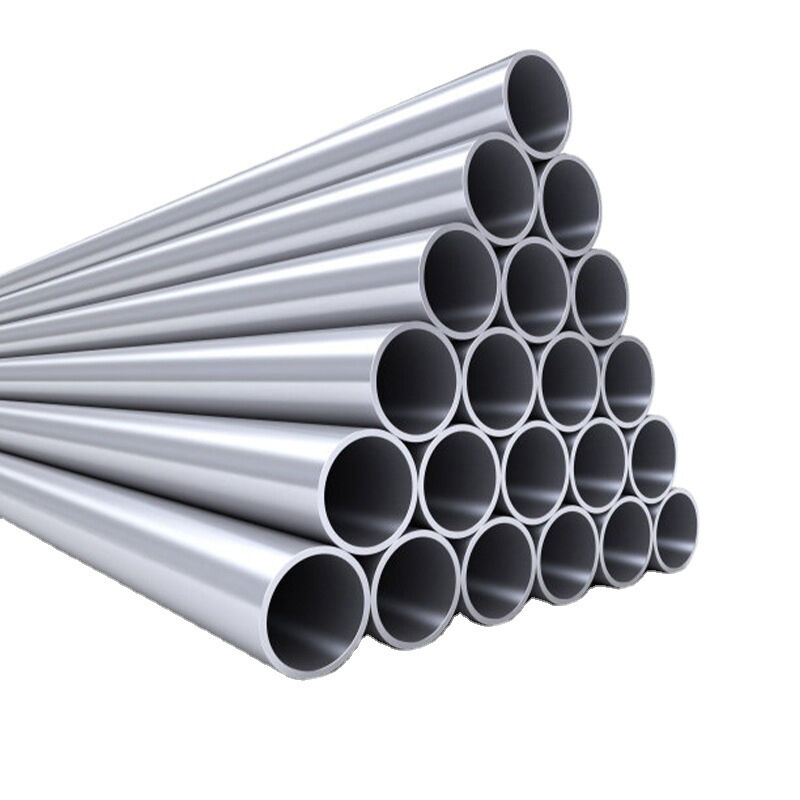 Please contact us to serve you!" >
Please contact us to serve you!" >
Germanium is a grayish-white crystal with properties similar to metals and nonmetals. It is an important component of semiconductor materials and has a wide range of applications in electronics and optics.
Here are some of the characteristics and applications of germanium:
Semiconductor properties:
Germanium has semiconductor properties similar to silicon. Its conductivity is between that of conductors and insulators, with high resistivity and low work function. This makes germanium an important material for semiconductor devices such as diodes and transistors.
Optical applications:
Due to its transparency in the mid-infrared range, germanium is often used in the manufacture of optical systems and infrared optical devices. Germanium optical components play an important role in infrared sensors, infrared imaging, and laser systems.
Alloy additives:
Germanium can form alloys with other metals to improve their properties. For example, adding germanium can improve the magnetic properties of iron, allowing it to be used in magnetic materials and magnetic recording media.
Nuclear industry:
In nuclear reactors, germanium can be used as a material for neutron detectors and radiation detectors. Its sensitivity to neutrons makes it an important component in the field of nuclear energy.
Health applications:
Germanium compounds are used for medicinal purposes in some traditional medicines and health supplements. However, ingestion of germanium in high concentrations can be toxic to the human body, so it should be used with caution.
Since the content of germanium in the earth's crust is relatively low, it is a rare element. It mainly exists in the form of germanium ores, such as germanium sphalerite and germanium quartz. Due to its rarity, the price of germanium is usually relatively high.